A Cinematic Journey: The European Film Academy’s TREASURES OF EUROPEAN FILM CULTURE.
By Pascal Edelmann
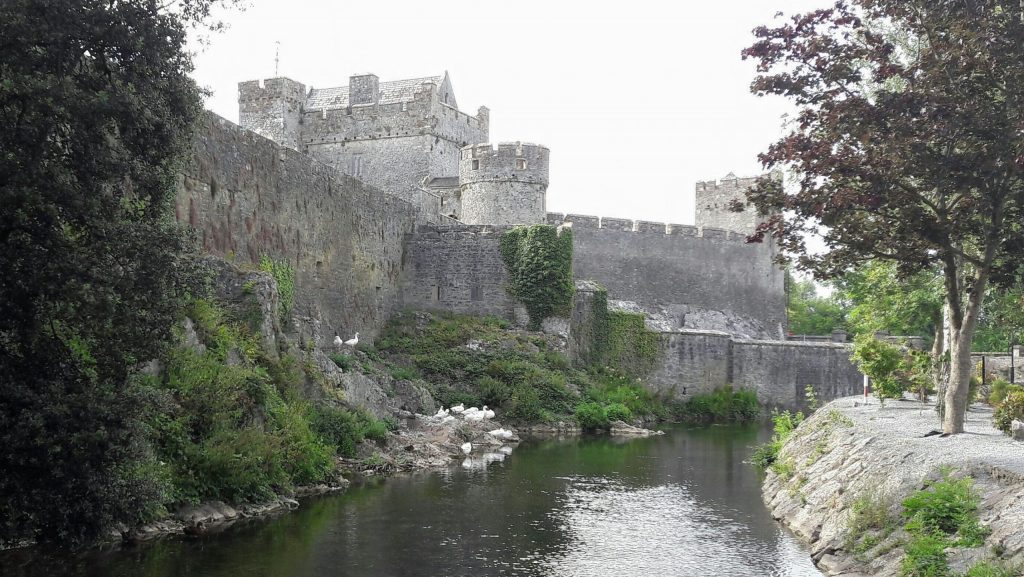
When visiting Paris, after doing the sights – admiring the Arc de Triomphe, queueing for the Louvre, and taking a selfie with the Eiffel Tower in the background – you might find yourself somewhat awkwardly using a teaspoon to crack open the caramel crust on a crème brûlée. Well, that might not be too extraordinary. But imagine you’re doing this not in a random Parisian cafeteria but in the Montmartre café where Amélie Poulain worked in Jean-Pierre Jeunet’s unforgettable film AMELIE. It is possible.
You probably, and hopefully, will not play a game of chess against Death on the rocky coast of Sweden’s Bjäre Peninsula, but you might be standing right where the opening scene of Ingmar Bergman’s iconic THE SEVENTH SEAL was filmed. Looking out onto the Kattegat, you could remember when you first saw this black and white classic – or reminisce about life and death and what’s in-between. The place exists, you can do this.
Visiting Cahir Castle in Ireland, you can pretend you are arriving on horseback with your fellow knights at King Arthur’s mythical Camelot. In armour or not, you will certainly find a pub somewhere where you can afterwards digest your knightly moment with the help of a traditional pint and dish.

The European Film Academy, itself uniting more than 4,600 film professionals all over Europe, assembles all these places in the TREASURES OF EUROPEAN FILM CULTURE, a list honouring places of a symbolic nature for European cinema, places of historical value that need to be maintained and protected not just now but also for generations to come.
With the Treasures, you might experience your very own secret agent moment at Sölden in Austria, high up on the mountain peak of Gaislachkogl, with a view of the snow-covered Alps, humming Monty Norman’s eternal James Bond theme melody and feeling quite irresistible.
Humming another unforgettable tune, you might follow in Peter O’Toole’s footsteps striding around the Plaza de España in Seville, which served as the English army headquarters and officers’ club in David Lean’s epic LAWRENCE OF ARABIA. Or you might enjoy an imaginary glass of rosé with the unforgettable Agnes Varda on her very own beaches of Sète, on the Mediterranean coast of Southern France.
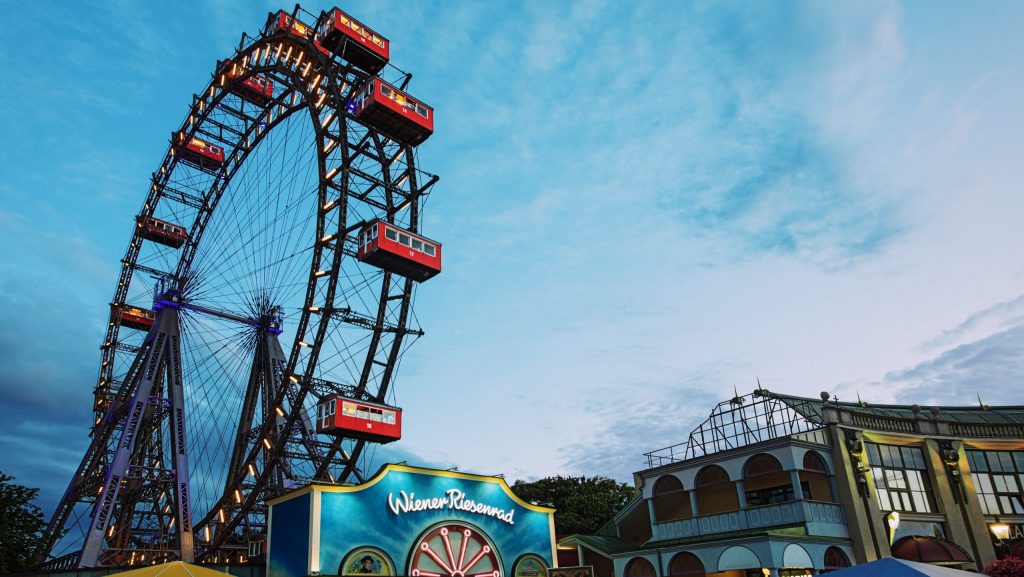
With the Treasures, the European Film Academy takes the bulky word „film heritage“ off its dusty shelf and makes it accessible to everyone – cinephiles, film fans, people of all ages just starting to discover European film.
Whether it starts with a selfie taken in front of the famous Trevi Fountain in Rome (forever unforgettable since Anita Ekberg’s nightly bath in Federico Fellini’s LA DOLCE VITA from 1960), a stroll down Dubrovnik’s emblematic Stradun (which has seen film armies, revolutionaries and rebels throughout the decades) or a walk along 23, Quai du Commerce in Brussels, perhaps now best known thanks to its use in the title of Belgian filmmaker Chantal Akerman’s masterpiece JEANNE DIELMAN, 23 QUAI DU COMMERCE, 1080 BRUXELLES, at the European Film Academy we hope that it will inspire people to look for more, to discover the great wealth of European film and further develop their appetite for European cinema.
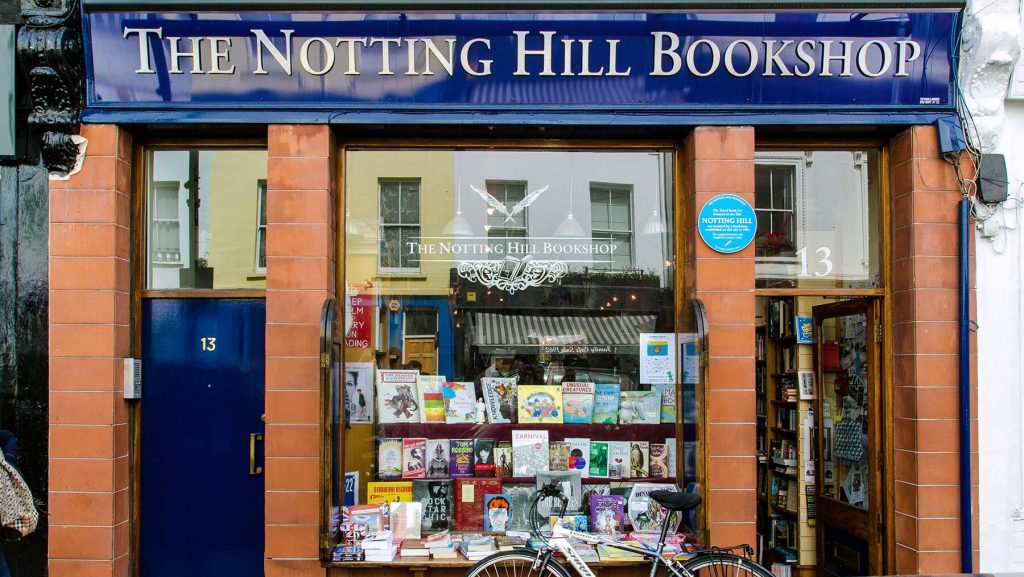
The European Film Academy realises that there are a lot of people who appreciate this kind of information. Who visit Madrid and enjoy following the footsteps of some of the characters from Pedro Almodóvar’s films, love to buy a book in the famed London bookshop where Hugh Grant met Julia Roberts in NOTTING HILL or who like to whistle the melodies of so-called “Spaghetti Western” films as they hike through the Tabernas desert in Spain.
While the majority of places on the list are filming locations, it also includes museums which focus on the cinematic art. All of these offer a glimpse of the great creativity and diversity of European filmmaking, each in its very own way – both as an introduction to the respective filmmaker or to learn more about the life and work of an already admired director.
The Bergmancenter is located on the tiny Swedish island of Fårö, where the Swedish master lived and shot seven of his films. It includes a permanent exhibition on his oeuvre and a cinema, and is regularly visited by famous filmmakers from across the globe who feel inspired by Bergman’s films.
Lyon’s Institut Lumière in France is dedicated to Auguste and Louis Lumière, the fathers of cinema. Part of the exhibition is the main set for the film LA SORTIE DE L’USINE LUMIÈRE À LYON, their first film, and one of the earliest motion pictures ever made.
In British Dungeness, Prospect Cottage is where British film pioneer and gay activist Derek Jarman lived and worked, and it continues to inspire artists and gardeners alike. In the Armenian capital of Yerevan, the Parajanov Museum presents installations, drawings and sketches of the film artist Sergei Parajanov. And in Calanda, birthplace of Luis Buñuel, the Buñuel Centre sheds a light on the Spanish filmmaker’s work and allows an immersive encounter with him.
Another Treasure is Studio Babelsberg outside of Berlin. It is the oldest large-scale studio complex in the world, where legendary movies have been filmed, among them NOSFERATU (1922) by F.W. Murnau and Fritz Lang’s DOKTOR MABUSE (1922).
At the European Film Academy, we hope that it will also lead to new discoveries, to people, film connoisseurs but also young film fans realising the great wealth of European film. If we understand that we have a common history, that there are films we all share, scenes that we all remember, that give us goosebumps, make us cringe, smile or dream, we will be able to identify the same reference points, thus to understand each other and each other’s films much better.
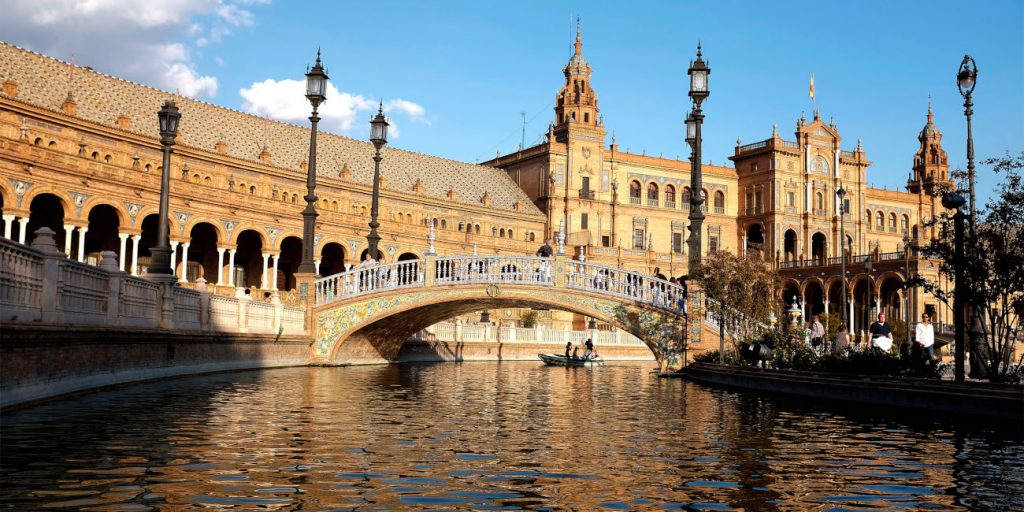
There is also one such Treasure in Poland: The Inflancka Housing complex in Warsaw. It might be a somewhat unlikely tourist attraction but strolling around the neighbourhood, you might expect any moment to bump into any of the characters from Krzysztof Kieślowski’s DECALOGUE.
This is an exciting journey for the Academy, and it will keep adding places, also in countries yet not represented. We look forward to proposals from our partners, from members of the Academy, but also from film fans across Europe.
The Treasures of European Film Culture are part of the European Film Academy’s expanded film heritage activities, which started in 2022. The new European Film Heritage department has since then initiated a network of national film academies, cinematheques and film archives dedicated to the support and promotion of classics from our continent.
“The Treasures form a growing network of memorable places people can visit, reminding them of the great and remarkable history of European cinema. We also put emphasis on including in our activities those outside the mainstream, films and their creators who might otherwise be forgotten,“ says Matthijs Wouter Knol, CEO and Director of the European Film Academy. “In this context, I’d like to invite everyone to suggest places the European Film Academy might want to consider as Treasures of European Film Culture. We want all countries in geographical Europe to be a part of this network and it’s particularly important to us to add countries to our map of European film heritage that we have been missing so far.”
Part of the heritage activities is also the “In Memoriam“ section of the European Film Awards, which premiered at last year’s awards ceremony and commemorates European cinema colleagues who passed away.
For a complete overview of the Treasures of European Film Culture, you can check the Academy website athttps://www.europeanfilmacademy.org/activity/treasures-of-film-culture/
If you want to propose a place that is missing, contact the European Film Academy at [email protected]
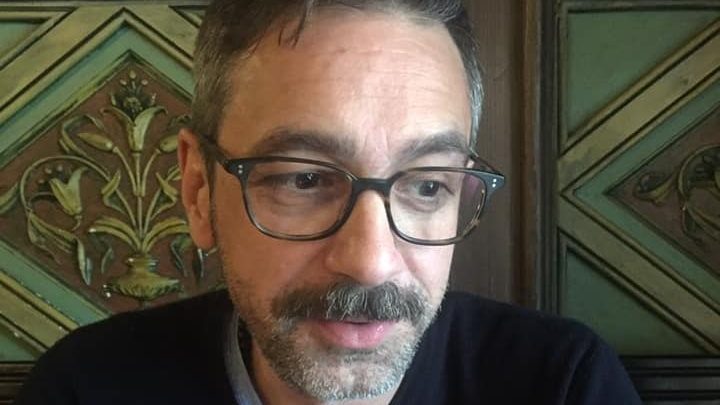
at European Film Academy (Credit: EFA)
Der Text ist ursprünglich in polnischer Sprache in der April-Ausgabe des polnischen Filmmagazins Kino erschienen.
